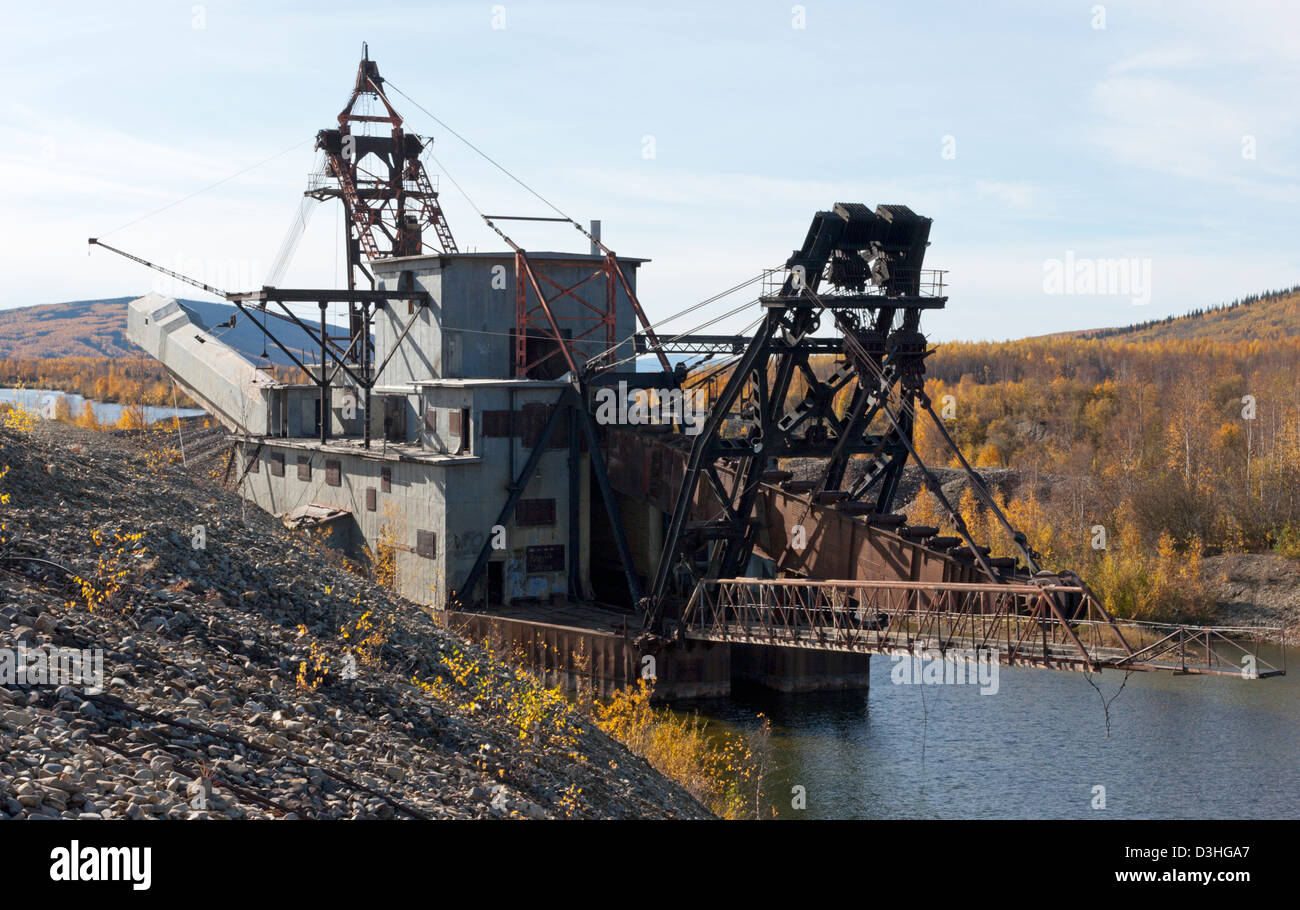
First, the Service correctly notes that tests have shown no significant effects. The record before the Service does not support the position that any sediment-based restrictions on the number of suction dredges is appropriate.

The Service’s charge is to invoke regulatory authority only to the extent the Project involves unnecessary or unreasonable damage to surface resource with full recognition that some impacts are inevitably incurred in the process of extracting minerals where they may be found. The Service is not charged with implementation of the federal Clean Water Act, and should not impose any limitations based on its governing mineral regulations and NEPA review.

Any such restriction is unlawful for many reasons beyond the scope of these Objections an appropriate interpretation of the Clean Water Act could cover suction dredging, if at all, under § 404 as the discharge of dredged materials, not under § 402’s NPDES program, intended for toxic industrial polluters. is based on the limit imposed for EPA’s General Permit, which itself was derived from the sediment TMDL for the mainstem of the South Fork of the Clearwater River. The FONSI reports (at 7), that the limit of 15 suction dredge operations within the mainstem South Fork of the Clearwater River.


 0 kommentar(er)
0 kommentar(er)
